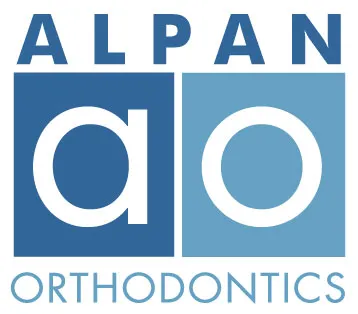LAS VEGAS, NEVADA-The school picture featuring a smile missing one or more teeth is an icon of childhood, but premature tooth loss is not a normal part of childhood and in most cases will throw off the alignment of the permanent teeth and normal development of the jaw bones and muscles.
“The baby teeth function as a guide for the permanent teeth, so losing a baby tooth before the permanent tooth is ready to erupt is bad news for overall dental health,” says Dr. David Alpan, who is an orthodontist in California and Nevada, and a Larchmont invisible braces provider.
The gap the missing tooth leaves gives other primary teeth an opening to move into, leaving the permanent tooth nowhere to go when it is ready to erupt. Without adequate room or guidance from the baby tooth, the adult teeth often end up coming in crowded, crooked and out of alignment.
Any number of things can happen to cause early tooth loss, including an accident, extensive tooth decay or an underlying medical condition, but the most important thing to do whenever a child loses a primary tooth early is to have the child’s dentist or orthodontist examine their mouth.
The child will often need a space maintainer to prevent alignment or bite issues. Dr. Alpan emphasizes that proper spacing is important to the child’s present and future dental health. Without a space maintainer, the surrounding teeth tend to tilt, drift or twist into the open space and block the permanent teeth from coming in correctly. The result is crooked teeth and a poor bite, which may cause difficulty when chewing or speaking.
“It is much easier for the kid and a lot less expensive to keep teeth in a normal position with a space maintainer than it is to correct teeth that moved out of place because there wasn’t one,” says Dr. Alpan, who is a Larchmont braces orthodontist such as Invisalign and Incognito.
Space maintainers are small, unobtrusive, custom-made appliances that dentists and orthodontists use to keep the teeth aligned properly until the permanent tooth comes in. They can be made from plastic or metal. Some are removable and look similar to a retainer, and other spacers are fixed or cemented into the child’s mouth. Some simply hold the space open while others are designed to fill in the space with an artificial tooth or an acrylic block.
“Whatever the type of space maintainer, it is carefully monitored with routine X-rays and when the permanent tooth is ready to come in, the spacer is removed,” says Dr. Alpan, who is also a Los Angeles TMJ dentist.
Occasionally, the patient is missing the primary and permanent tooth in that area. In those instances, he usually recommends leaving the space maintainer in place until the jaw bones and muscles are completely done developing, which is between ages 16 to 18. After that, a permanent restoration can be made to replace the tooth, such as a bridge, dental implant or removable partial denture.
If your child is missing teeth or has lost a tooth prematurely, call to schedule a free orthodontic consultation with Dr. Alpan and find out more about space maintainers.
© 2012 Master Google and Dr. David Alpan. Authorization to post is granted, with the stipulation that Dr. David Alpan and Master Google are credited as sole source. Linking to other sites from this press release is strictly prohibited, with the exception of herein imbedded links.
-end-


